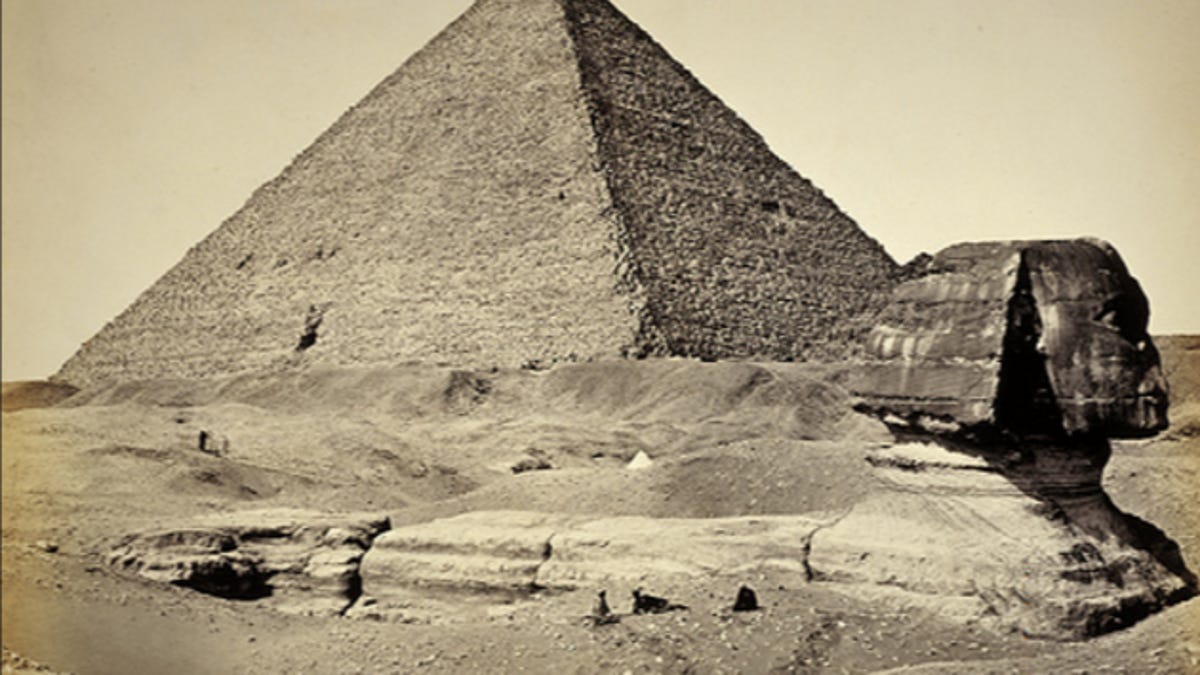Scientists working to uncover the secrets of the Egyptian pyramids
The Egyptian pyramids have long been one of the world's most awe-inspiring sites, and now universities around the world are using new technology to explore what's inside these monuments.
For centuries we've marvelled at the feat of engineering and architecture that is the Egyptian pyramids. While their outsides are spectacular, scientists are now working out if their insides are equally as interesting.
A collaborative effort between the universities in Egypt, Canada, France and Japan will soon be underway to investigate the hidden chambers of some of Egypt's pyramids, namely the Bent and Red pyramids at the Dahshur necropolis, and Khufu and Khafre's pyramids on the Giza plateau, Ahram Online reports.
Utilizing new technologies from Nagoya University in central Japan, the World Heritage Sites will be bombarded with radiographic muons (a technology similar to X-Ray imaging, but capable of penetrating significantly deeper objects), infrared thermography and photogrammetry in order to conduct non-invasive surveys, a technique pioneered to preserve the structure and integrity of these well renowned relics.
Despite being erected over 4,000 years ago, explanations on how the pyramids were built remain scientific hypothesis. The Scan Pyramids project aims to explore the mysterious questions of exactly how the wonders were built and what lies inside them.
"Several theories have been brought forward during the past century to understand the method that the ancient Egyptians used to construct the pyramids but all are still scientific hypotheses," Minister of Antiquities Mamdouh Eldamaty said to the publication, adding "this special group will study these pyramids to see whether there are still any hidden chambers or other secrets inside."
The technology behind the project is also being considered in order to search for the possible burial site of Queen Nefertiti within a hidden chamber of King Tutankhamun's tomb in the Valley of the Kings at Luxor.
The Scan Pyramids project will begin in November and last until the end of 2016, perhaps more than enough time to reveal if only a few of the grand structures hidden secrets.


